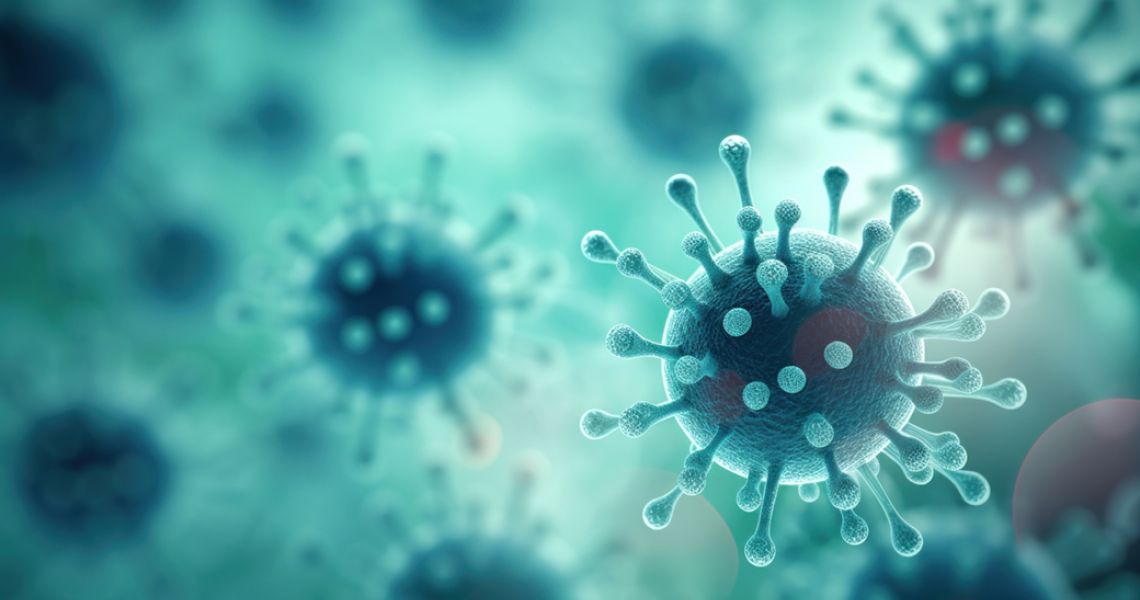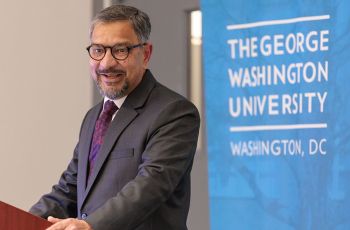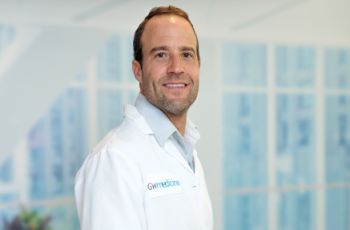
Now that the leaves are changing color and the sun is tucking in behind the horizon earlier each evening, viruses and colds are making their seasonal rounds. It’s a tough season for everyone, but it’s especially
problematic for cancer patients whose immune systems are already compromised. How do these patients navigate through cold and flu – and now COVID – season? Pavani Chalasani, MBBS, MPH, director of hematology and medical oncology with George Washington University (GW) Cancer Center, weighed in with her recommendations.
Immunity Basics
“Patients with active cancer are at a higher risk because they are immunocompromised,” explained
Chalasani. “The treatments they’re receiving, including targeted treatments while not traditional
chemotherapies, alter the body’s immune profiling system, and that increases their chances for getting
sick, and also being sicker, from COVID or the flu.”
Consider immune profiling as a snapshot of a person’s health at any given time. Immune profiling is
unique to each individual and determines how the body responds to infection and disease. When the
body’s immune system is struggling, the snapshot’s exposure is off-kilter, resulting in too little immune
response and increasing the risk for severe complications.
What are the best protocols for decreasing the risk of flu and COVID-19? Are vaccines recommended?
And are they recommended for everyone undergoing active cancer treatment?
The Answer is Yes, And…
The simplest answer to the vaccine question is yes, get both the flu and COVID vaccines. They can even
be administered at the same time. The vaccines are safe, don’t contain any live virus, and will not
interfere with the effectiveness of cancer treatments. Instead, they rely on messenger ribonucleic acid
(mRNA), a genetic material, to teach the body how to make copies of a protein found in COVID-19
viruses. The body learns how to recognize the real virus and will know how to fight future exposures.
Patients may experience soreness at the injection site or experience mild flu-like symptoms after
receiving the vaccine, but they won’t get infected with the virus from vaccines.
While studies have shown that the immune response generated by patients undergoing active cancer
treatment is not the same as someone who is not immunocompromised, it is still better than no vaccine
at all.
I Have COVID, and Cancer. Now What?
If you’ve tested positive for COVID-19 or have been diagnosed with the flu, there are treatments
available. When symptoms start, or you know you’ve been exposed to the flu or COVID-19, see your
physician immediately.
“First – it’s important to get tested. Then, depending on the timing [of the diagnosis], all patients, not
just cancer patients, should get treated,” Chalasani explained. “We have medications like Paxlovid for COVID and Tamiflu for the flu to decrease the severity of the symptoms, especially in patients who are
on active therapy for their cancer and have a compromised immune system.”
Both Paxlovid and Tamiflu are oral antiviral drugs that prevent the viruses from replicating in the body.
Paxlovid must be started within five days of when symptoms start; Tamiflu treatments should begin
within 48 hours of symptom onset.
Protect Yourself
The best case is not getting COVID-19 or the flu at all. The most effective prevention is to avoid exposure
by taking precautions. You know the drill:
- Vaccination: Getting vaccinated is one of the most effective ways to prevent severe illness, hospitalization, and death from COVID-19. It also helps reduce the spread of the virus.
- Wearing Masks: Wear masks, especially in indoor public places or in situations where social distancing is not possible. Masks help prevent the spread of respiratory droplets that may contain the virus.
- Hand Hygiene: Wash your hands frequently with soap and water for at least 20 seconds (two rounds of the Happy Birthday song). If soap and water are not available, use hand sanitizer with at least 60% alcohol.
- Social Distancing: Maintain physical distance (at least 6 feet or 2 meters) from others. Avoiding Crowded and Poorly Ventilated Spaces: Stay away from large gatherings, especially in enclosed spaces with poor ventilation, where the virus can spread more easily.
- Good Respiratory Hygiene: Cover your mouth and nose with your elbow or a tissue when you cough or sneeze. Dispose of used tissues properly and wash your hands immediately.
- Avoid Touching Your Face: Avoid touching your eyes, nose, and mouth with unwashed hands, as this can introduce the virus into your body.
- Regular Cleaning and Disinfection: Clean and disinfect frequently touched objects and surfaces daily. This includes doorknobs, light switches, countertops, and cell phones.




